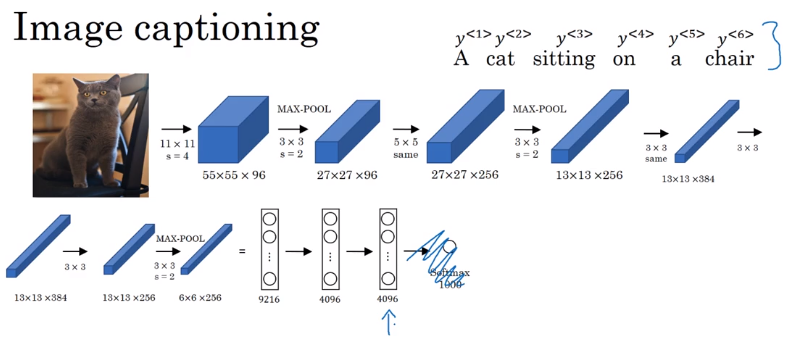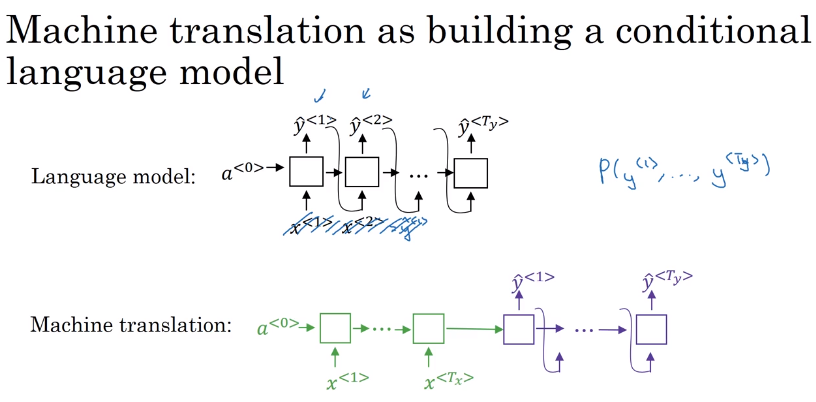
Sequence models can be augmented using an attention mechanism. This algorithm will help your model understand where it should focus its attention given a sequence of inputs. This week, you will also learn about speech recognition and how to deal with audio data.
Let’s say we want to input a French sentence
Jane visite l’Afrique en septembre
English sentence,
Jane is visiting Africa in September.
Given this machine translation problem in which X is a French sequence and Y is an English sequence.

Our architecture will include encoder and decoder.
The encoder is RNN - LSTM or GRU are included - and takes the input sequence and then outputs a vector that should represent the whole input.
After that the decoder network, also RNN, takes the sequence built by the encoder and outputs the new sequence.
 These ideas are from the following papers:
Sutskever et al., 2014. Sequence to sequence learning with neural networks
Cho et al., 2014. Learning phrase representations using RNN encoder-decoder for statistical machine translation
These ideas are from the following papers:
Sutskever et al., 2014. Sequence to sequence learning with neural networks
Cho et al., 2014. Learning phrase representations using RNN encoder-decoder for statistical machine translation
An architecture similar to the mentioned above works for image captioning problem:
In this problem X is an image, while Y is a sentence (caption).
The model architecture image:

The architecture uses a pretrained CNN (like AlexNet) as an encoder for the image, and the decoder is an RNN.
Ideas are from the following papers (they share similar ideas):
Maoet et. al., 2014. Deep captioning with multimodal recurrent neural networks
Vinyals et. al., 2014. Show and tell: Neural image caption generator
Karpathy and Li, 2015. Deep visual-semantic alignments for generating image descriptions
